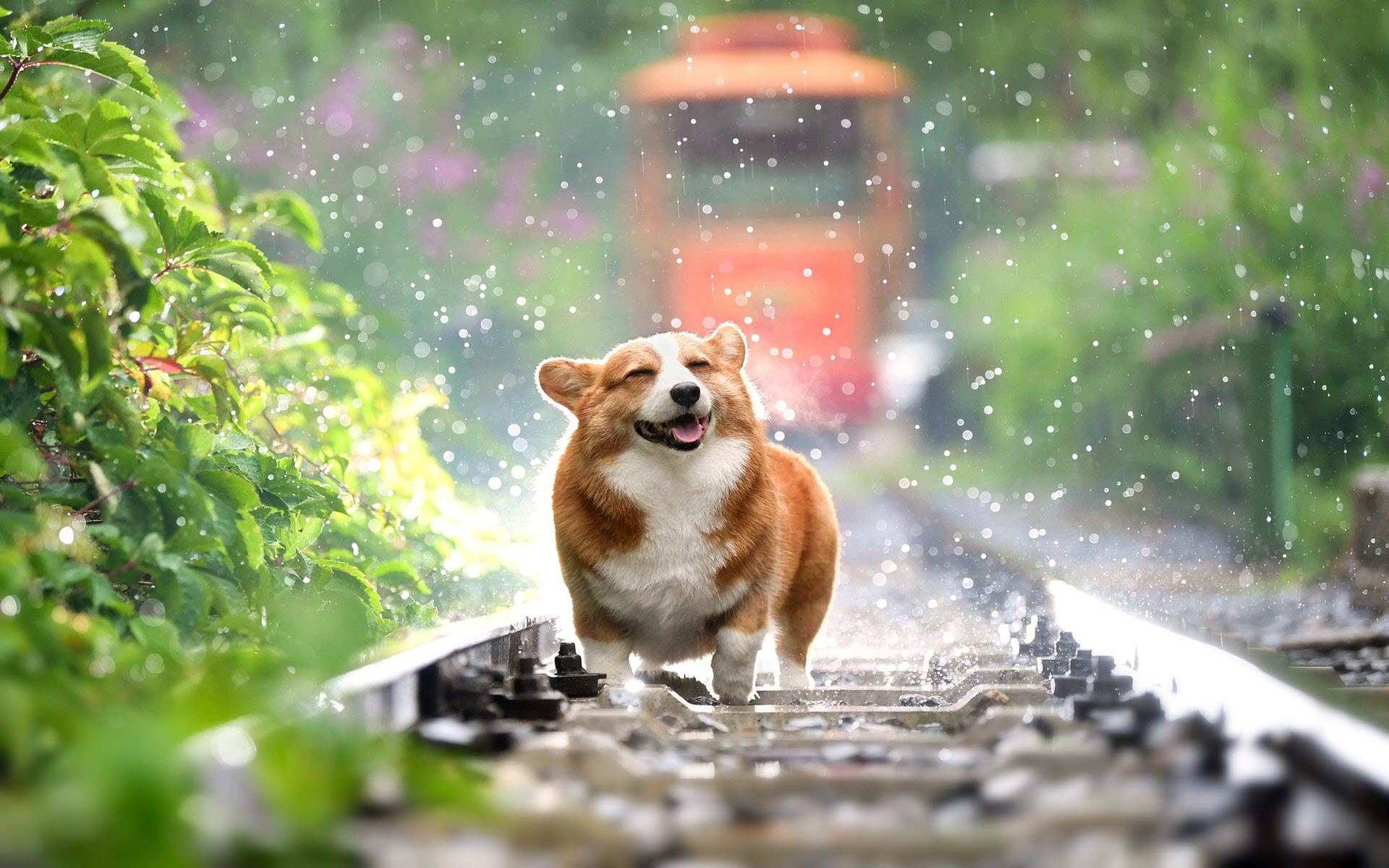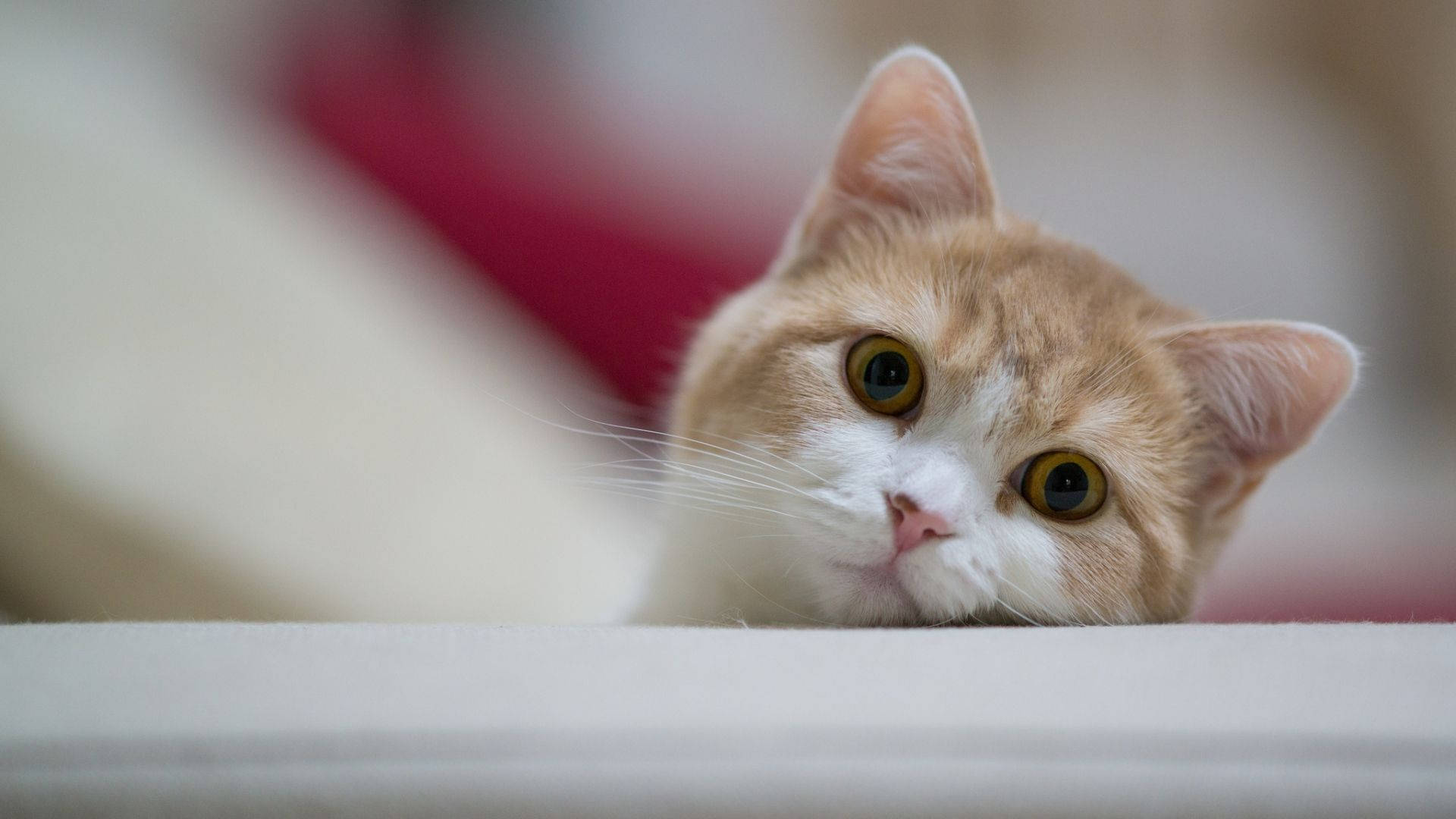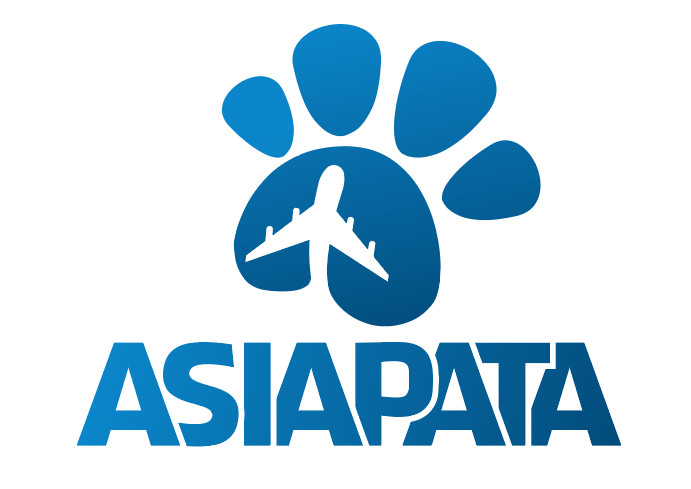Pet Transportation from Vietnam to Jeonju, South Korea: A Complete Guide
Traveling with your pet to Jeonju, South Korea, is thrilling. Your furry friend deserves a safe trip. But moving pets internationally requires planning. From Vietnam to Jeonju, rules are strict. This guide simplifies the process. It covers vaccinations, documents, and logistics. We’ll make it engaging and clear. Let’s ensure your pet arrives happily!

Why Pet Travel to South Korea Requires Preparation
South Korea has rigorous pet import rules. These protect local animals and humans. Jeonju, a cultural hub, follows national guidelines. Proper preparation avoids quarantine or rejection. It ensures your pet’s health. Rabies control is a top priority. Vietnam isn’t rabies-free, so expect extra steps. Airlines and authorities enforce compliance. Early planning reduces stress for you. It keeps your pet comfortable too. Start at least six months ahead. This guide breaks it down clearly.
Step 1: Microchip Your Pet
A microchip is mandatory for pets. It must meet ISO 11784/11785 standards. The chip is implanted under the skin. This happens before any vaccinations. It ensures traceability during travel. The 15-digit code links to your details. Vets in Vietnam can implant it easily. Cost ranges from $20 to $50. Check the chip at every vet visit. South Korea scans it on arrival. Non-compliant chips mean quarantine. Register the chip with a database. This step is non-negotiable.
Step 2: Rabies Vaccination and Titer Test
Rabies vaccination is critical. Pets over 90 days need it. Administer it after microchipping. It must be given 30 days before travel. Use an inactivated rabies vaccine. South Korea requires a titer test. This checks rabies antibody levels. The test must show 0.5 IU/ml or higher. It’s done 30 days after vaccination. Approved labs, like those in the EU, process it. Results take 4–6 weeks. Tests are valid for 24 months. Keep the rabies certificate handy. It’s checked at Incheon Airport.
Step 3: Additional Vaccinations for Dogs and Cats
Dogs need more than rabies shots. Core vaccines include canine distemper. Also, parvovirus and hepatitis (DHPP). Bordetella prevents kennel cough. It’s recommended for travel. Cats need feline panleukopenia. Also, calicivirus and rhinotracheitis (FVRCP). These protect against common diseases. Some countries require leptospirosis for dogs. Feline leukemia may be advised for cats. Check South Korea’s latest rules. Vietnam’s vets can provide these. Ensure all vaccines are documented. This avoids entry issues.
Step 4: Health Certificate and USDA Endorsement
A health certificate is required. It must be issued within 10 days of travel. A USDA-accredited vet completes it. The certificate confirms your pet’s health. It includes microchip and vaccine details. South Korea accepts APHIS 7001 forms. USDA endorsement may be needed. This depends on the airline or route. Submit documents to a USDA office. Military vets can skip this step. Incomplete forms lead to quarantine. Keep copies for your records.
Step 5: Import Permits and Vietnam’s Requirements
Vietnam requires an export permit. Contact the Ministry of Agriculture. This ensures compliance with local laws. Certain breeds, like Pit Bulls, are restricted. Check restrictions before planning. A customs declaration is needed on departure. Provide all vaccination records. Quarantine may apply if documents are missing. Work with a pet travel agency. They streamline Vietnam’s paperwork. This saves time and effort.
Step 6: Choosing the Right Airline
Not all airlines allow pets. Korean Air and Asiana are pet-friendly. They have strict rules, though. Pets under 10 kg can travel in-cabin. Larger pets go in cargo. Carriers must meet size limits. For in-cabin, dimensions are 45x32x21 cm. Cargo crates must be IATA-approved. Book early, as pet spots are limited. Some breeds, like Bulldogs, face restrictions. Confirm policies 48 hours before departure. Direct flights to Incheon are best. They reduce stress for pets.
Step 7: Arriving in Jeonju
Most flights land at Incheon Airport. Pets are inspected by NVRQS officers. Present all documents for clearance. If compliant, pets are released same-day. From Incheon, arrange transport to Jeonju. Pet taxis are available in South Korea. They cost around $50–$100. Trains like KTX allow small pets. Carriers must weigh under 10 kg. Taxis in Jeonju are pet-friendly. Confirm with drivers to avoid issues. Jeonju’s pet cafes welcome your furry friend.
Tips for a Smooth Journey

Start preparations six months early. Use a pet relocation service like PetRelocation. They handle paperwork and logistics. Acclimate your pet to its carrier. Practice for weeks to reduce anxiety. Attach ID tags with your contact info. Bring food and water for the trip. Check Jeonju’s pet-friendly spots. Hanok Village is great for walks. Monitor your pet post-travel. A vet visit ensures they’re healthy. These steps make travel stress-free.
Conclusion: Safe Travels to Jeonju
Transporting your pet to Jeonju is achievable. Microchips, rabies vaccines, and titer tests are key. Health certificates and permits are mandatory. Choose pet-friendly airlines carefully. Start planning early to avoid hiccups. Jeonju awaits with pet-friendly charm. Your furry friend will love it. Share this guide with other pet owners.

